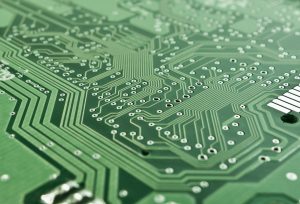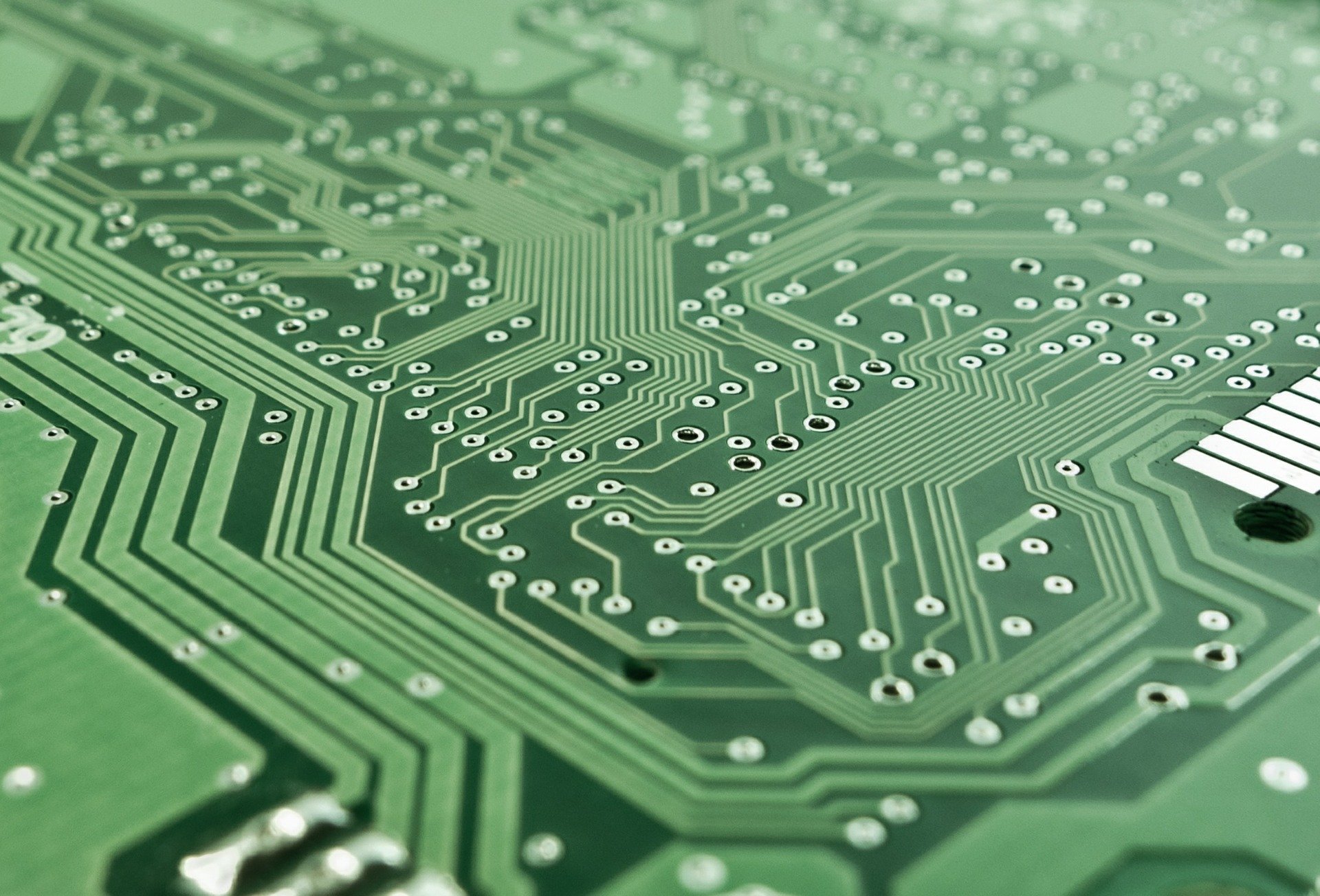While US President Donald Trump is using his country’s strong position in chip technology against China, he knows very well that China is dependent on the USA in this strategically important area.

Trying to further strengthen its position in chip technology, the US is preparing to provide $ 22.8 billion to the chip industry. In the USA, the draft law on the aid, which members of the two parties agreed, was presented to Congress on 11 June.
The cost of setting up a chip factory is over $ 10 billion
At a time when there was a strategic struggle with China in the field of technology, the bill aimed to increase the number of chip factories in the USA attracted attention.
While the cost of setting up a chip factory exceeds $ 10 billion, most of the cost is expensive and high-tech production equipment.
The law proposal submitted to the U.S. Congress includes $ 10 billion of federal funding and $ 12 billion of research and development funding to ensure that 40 percent of the income tax is compensated for factories producing semiconductor equipment.
Chips turned into an element of international competition
Today, almost no high-tech product in the world works without these small components. For this reason, chips, which are of great importance in all areas of technology, from wearable electronics for healthcare, to airplanes, household products, and in-vehicle electronic systems, are becoming one of the competitive elements between countries.
While relations between the U.S. and China are being reshaped in the context of the new type of coronavirus (Kovid-19) epidemic, it is worth noting that Trump will make every effort to prevent Chinese companies from accessing high-tech chips.
In this context, Trump’s last move was to prohibit Huawei, one of the largest technology companies in China, from using American companies’ technologies. The main reason for Trump’s making these decisions was stated as “national security risk”.
Knowing that it is difficult for China to continue exporting Technology without chips, US President Trump continues to put pressure on China in this regard.
US domination in Chinese technology
It is stated that in chip technology today it is very difficult to manufacture almost without the machines produced in the USA. China suspects that the US government’s goal is to slow the growth of technology companies.
Although China holds the world’s largest semiconductor market, semiconductor factories in the country make up less than 1 in 5 of global revenues.
China has to import components on a large scale to meet demand. It is stated that the production lines of the factories in China will remain empty if there is no foreign chip purchase.
Chips produced in the country mostly come from factories owned by foreigners. Chinese chip companies earn only 4 percent of all global chip revenue. Taiwanese companies make up 5 percent of this income, while South Korean companies make up 24 percent. US manufacturers dominate half the world market.
China strengthens the chip industry
Despite advancing in Chinese chip design, Chinese companies are struggling to compete, especially with the US and South Korean companies. HiSilicon, a subsidiary of Huawei, is among the top ten companies in chip design.
US politicians make it difficult for chip manufacturers worldwide to supply chips to Chinese technology giant Huawei and its subsidiaries, while China is strengthening its own chip industry so as not to depend on foreign countries, especially the US.
50 billion euros support from Beijing administration to companies
In this context, Beijing administration announced the “Made In China 2025” (MIC 2025) plan, which the USA considers as a threat, in 2015. With the “MIC2025”, which China sees as an opportunity for transformation in technology and production, it plans to play a leading role in approximately 10 technology-oriented strategic sectors.
In China, which wants to reduce foreign dependency in chip technology, the two national asset funds recently provided a total of $ 2.25 billion in financing to the country’s leading chip maker, SMIC, to increase production at its Shanghai plant. The factory is expected to triple its production in the future.
It is stated that the Chinese companies have received at least 50 billion Euros of state aid since the announcement of the plan, but the success of the companies has remained modest despite this high aid.
Most experts state that it is difficult for China to catch up with US companies in the chip industry in the near future. At this point, it is pointed out that the US ban will make it difficult to acquire advanced machines to produce chips.
While Applied Materials of USA is the most important player in machinery production, it is located in companies from the Netherlands, Japan and Germany.
It is stated that chip production is extremely complex and the priority of the manufacturers is to protect their information. The companies choose to establish all the plants with the highest added value outside of China. In addition, many manufacturing processes in the industry remain patented, which poses a high barrier for China.
Experts warn that the US has compromised its dominant position by preventing Chinese companies from buying chips from American companies. For example, Huawei is the third largest buyer in the semiconductor market worldwide.
Another dimension of the trade war is rare mines
Rare mines come to the fore as another strategically important item in China and the US trade. China, which produces 80 percent of the rare mines used in important technologies in the world and defined as non-renewable resources, meets 80 percent of the imports of rare mines in the USA.
The mines in question are referred to as “industrial catalysts” from civilian to military industry, using mobile phones, electric vehicle engines, satellites and fighter aircraft engines, so rare mines are seen as small but strategic elements.




